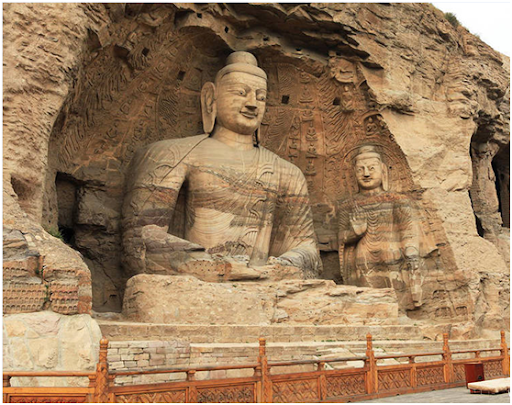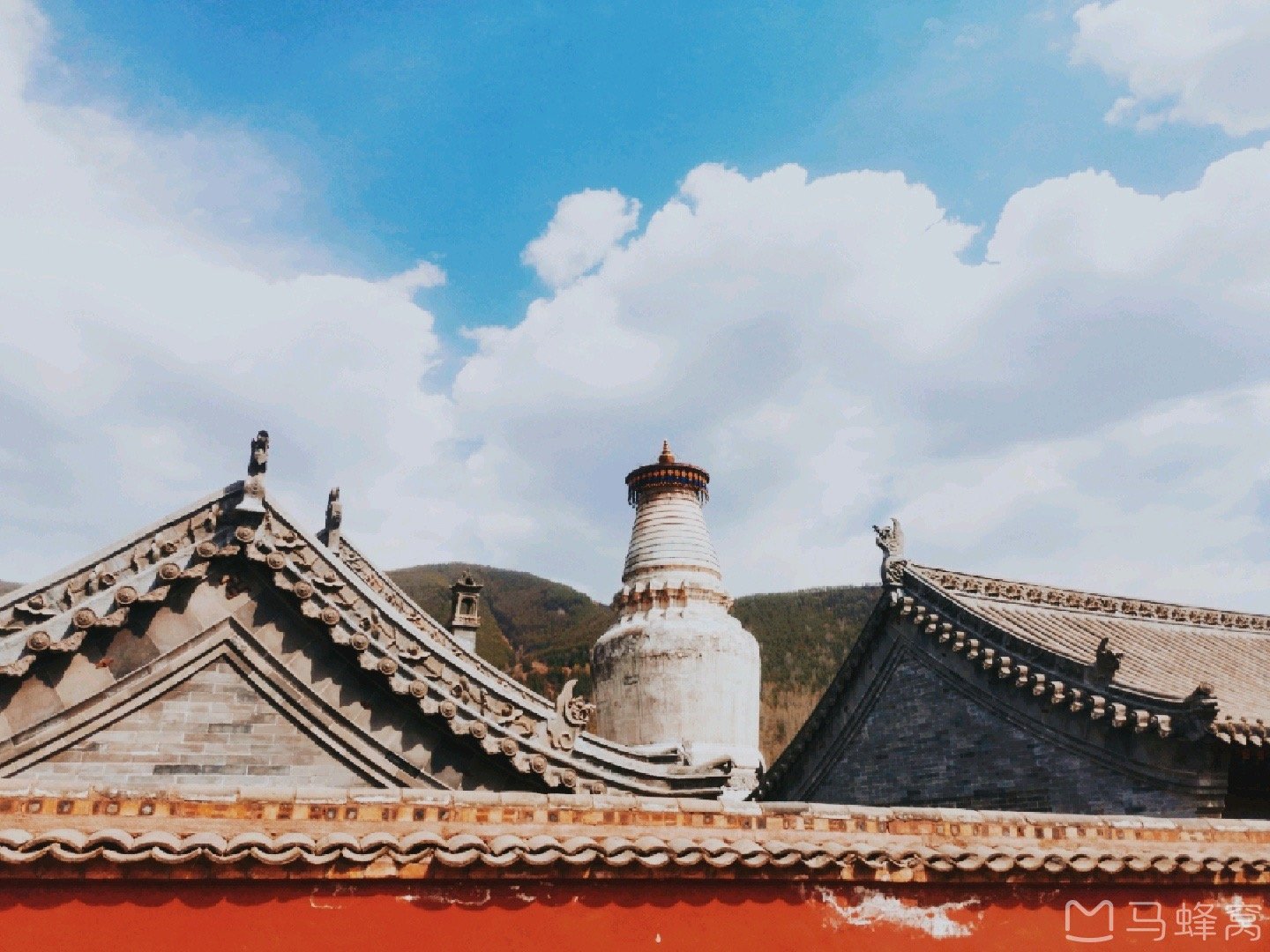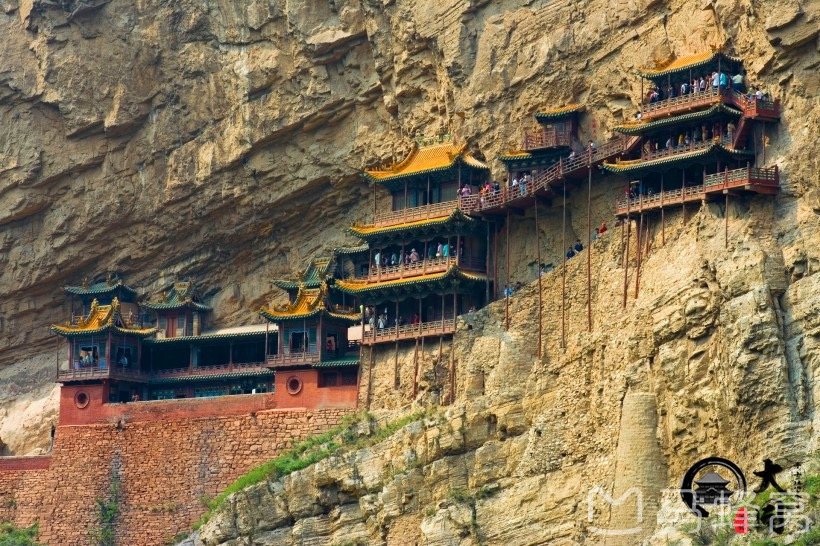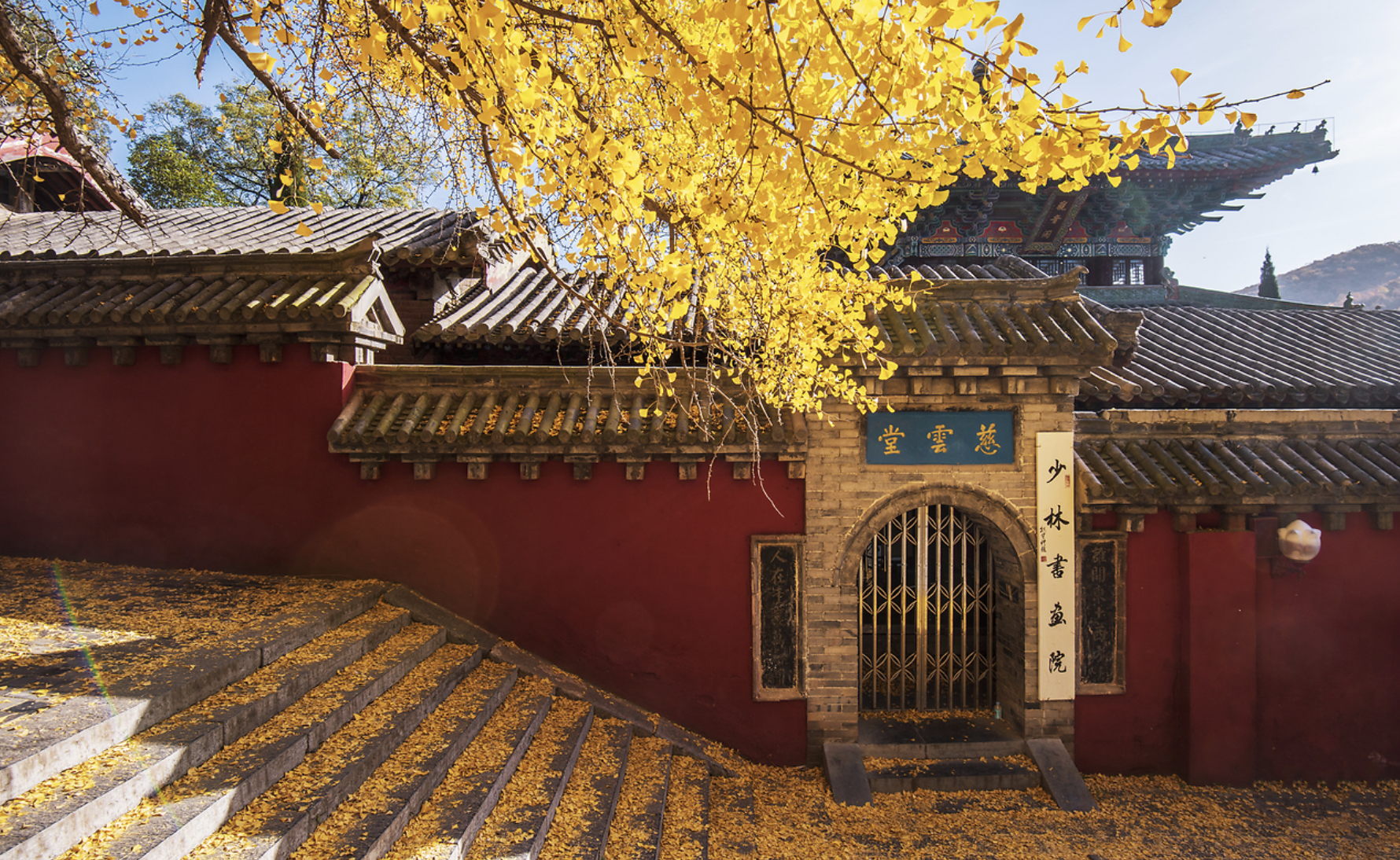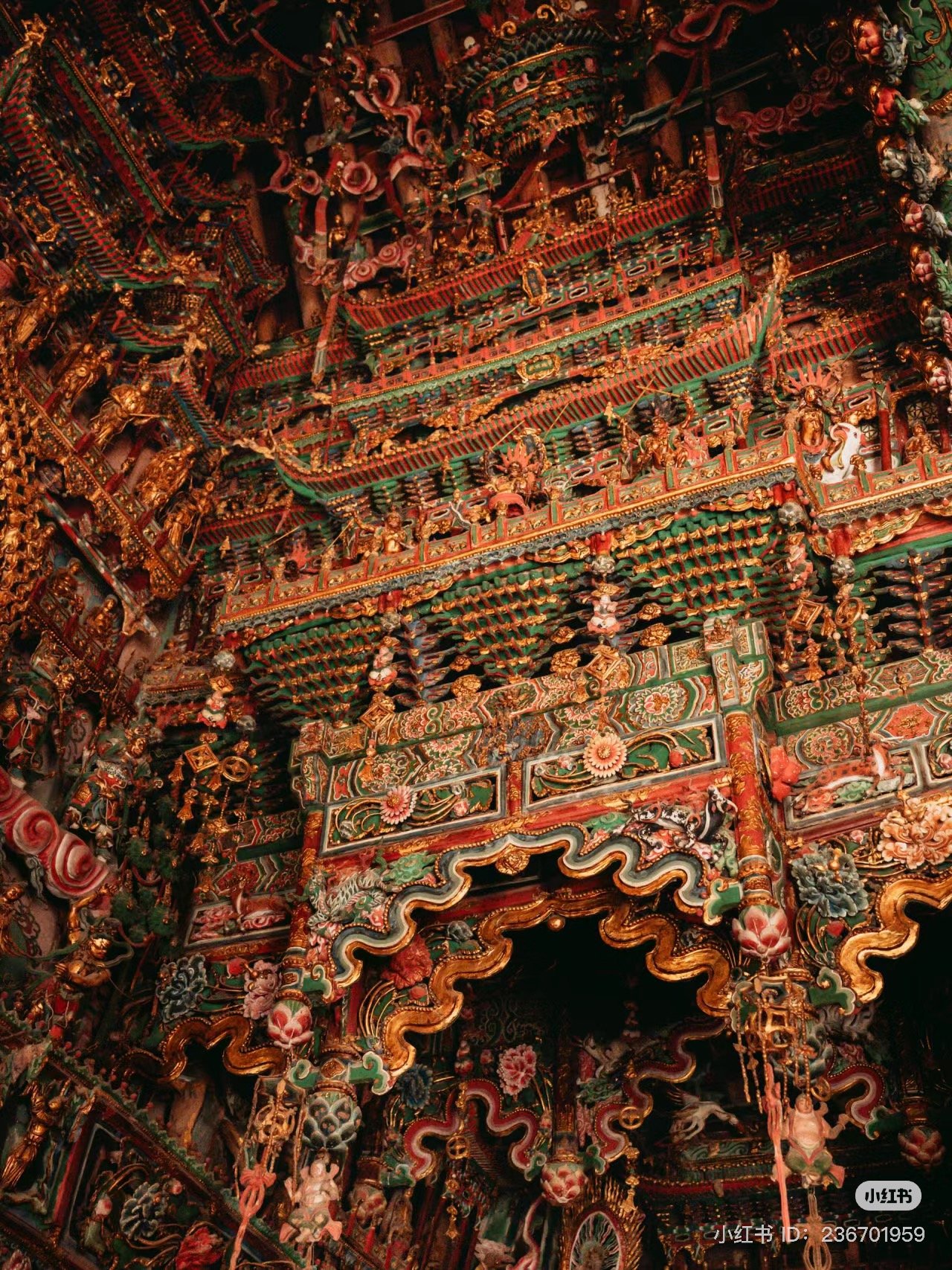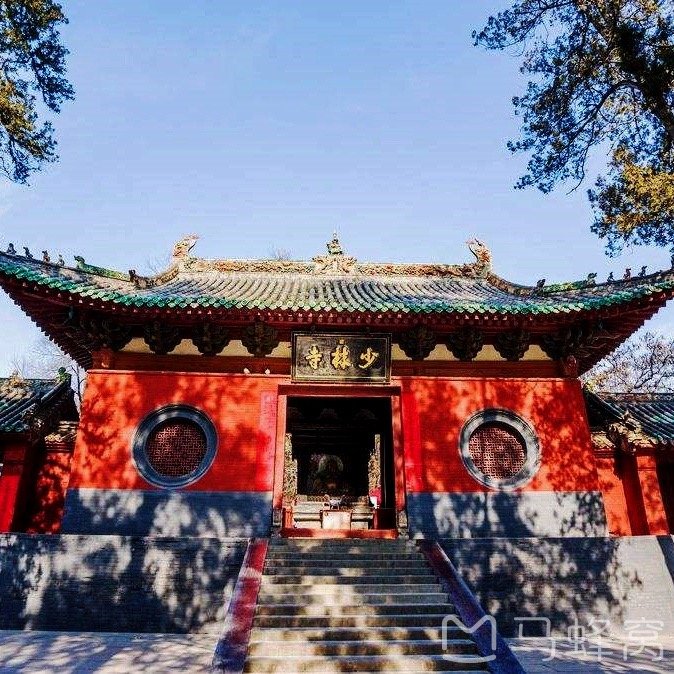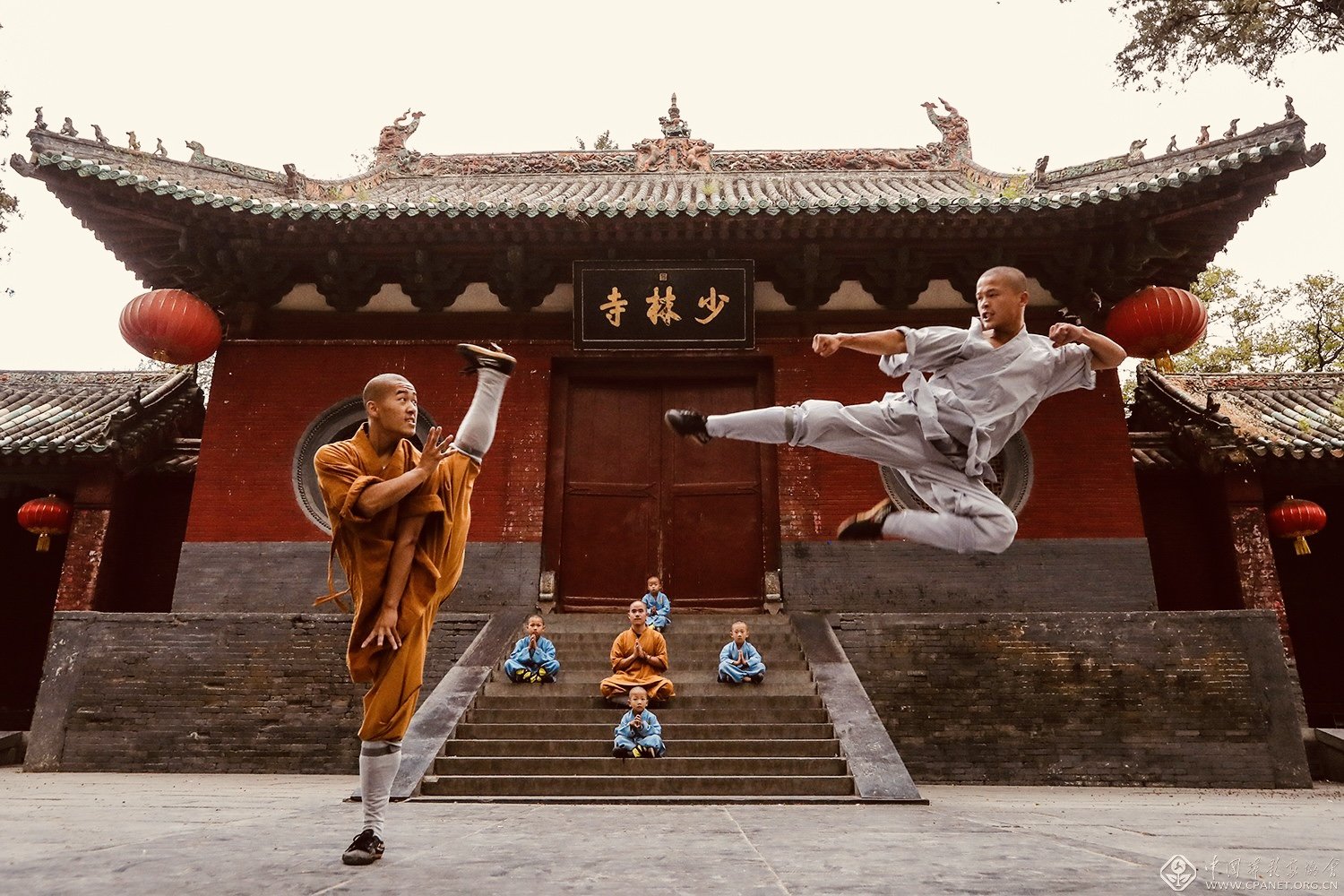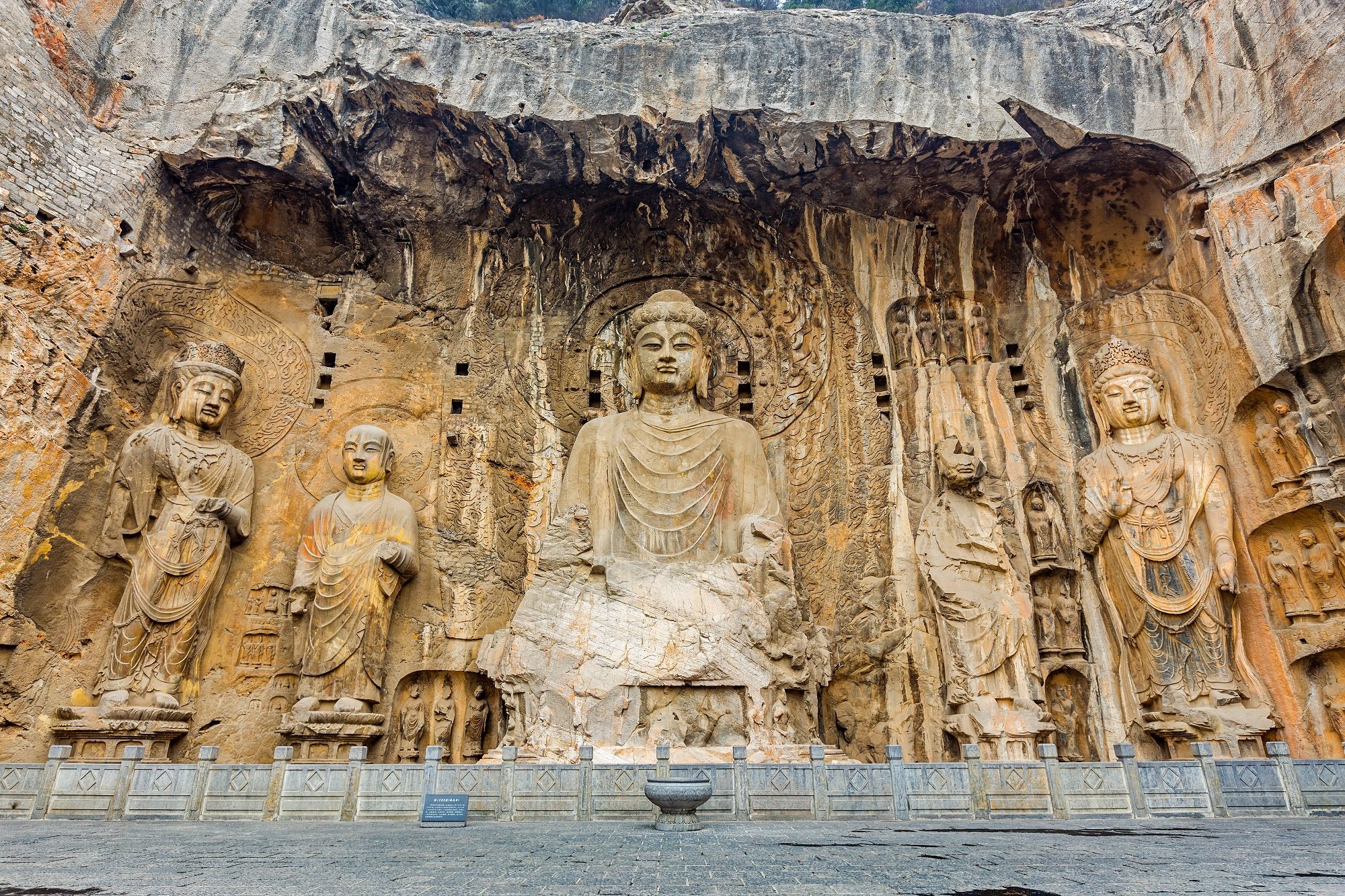
China Pilgrimage
19th Oct - 2nd Nov, 2024
Mt Wutai, Shaolin Temple, Longmen Grottoes etc. China
China, with its rich tapestry of history and culture, offers a profound and immersive experience for Buddhist pilgrims. Embarking on a Buddhist pilgrimage in China provides a journey through sacred landscapes, ancient monasteries, and revered relics that are deeply intertwined with the country's spiritual heritage.
It is with great joy and reverence that we extend to you an invitation to join us on a profound spiritual journey through China’s most revered Buddhist sites. This pilgrimage offers a unique opportunity to deepen our understanding of Chinese Buddhism, engage in meditation, and explore the rich cultural and spiritual heritage of China.
Details of the Pilgrimage:
Dates: 19th Oct - 2nd Nov, 2024 (a total of 15 days)
Detailed Schedule:
Day 1 (19th Oct) : We will meet at Sanjin International Hotel in Taiyuan (太原三晋国际饭店), Shanxi province (so please make your way to Taiyuan).
Day 2 (20th Oct) : We will take a bus to Mt Wutai (about 3hrs drive) and stay there for four days and three nights.
Mount Wutai 五台山 (Shanxi Province): One of China’s Four Sacred Buddhist Mountains, the bodhimanda of Bodhisattva Manjushri. Mount Wutai is renowned for its five flat peaks and is a significant pilgrimage site for followers of the Chinese and Tibetan Buddhist tradition. The area is home to numerous ancient temples and monasteries.
Day 5 (23rd Oct): After breakfast, we will take a car to visit the world famous Hanging Temple (Xuankong Temple 悬空寺) (about 2.5hr drive). We will have lunch near the Hanging Temple.
The Hanging Temple, or Xuankong Temple 悬空寺 is a temple built into a cliff (75 m or 246 ft above the ground) near Mount Heng in Hunyuan County, Datong City, Shanxi Province, China. The entire temple was built into a cliff face on the west side of Jinxia Gorge, approximately 75 meters (246 feet) above the ground. It relies on 27 wooden beams to support all the main temple buildings. The temple is also reinforced with iron chains and beams to enhance its stability. From a distance, it looks like it is hanging in the air. The Hanging Temple is recognized as a UNESCO World Heritage Site and is considered one of China's most iconic and awe-inspiring architectural wonders. It attracts visitors from around the world who marvel at its ingenuity and breathtaking location
In the afternoon, we will take a car from the Hanging Temple to the Wooden Pagoda of Ying County (应县木塔), also known as Shakyamuni Buddha’s Pagoda of Fogong Temple.
The Sakyamuni Pagoda of Fogong Temple (simplified Chinese: 佛宫寺释迦塔) of Ying County, Shanxi province, China, is a wooden Chinese pagoda. It is also known as the Wooden Pagoda of Ying County (Chinese: 应县木塔). It was constructed in 1056, during the second year of the Khitan-led Liao dynasty and was renovated and expended in 1195 during the sixth year of the Jin Dynasty. The pagoda was built by Emperor Daozong of Liao (Hongji).The pagoda, which has survived several large earthquakes throughout the centuries. It is the oldest existent fully wooden pagoda still standing in China.
Day 6 (24th Oct): After breakfast, we will visit the world famous Yungang Grottoes (云冈石窟). Stay there for lunch. After that, we will also visit Huayan Temple and Shanhua Temple.
The Yungang Grottoes (云冈石窟), are ancient Chinese Buddhist temple grottoes built during the Northern Wei dynasty near the city of Datong in the province of Shanxi. They are excellent examples of rock-cut architecture and one of the three most famous ancient Buddhist sculptural sites of China. The others are Longmen and Mogao.
There are 53 major caves, along with 51,000 niches housing the same number of Buddha statues. Additionally, there are around 1,100 minor caves. A Ming dynasty-era fort is still located on top of the cliff housing the Yungang Grottoes.
The grottoes were excavated in the south face of a sandstone cliff about 2600 feet long and 30 to 60 feet high. In 2001, the Yungang Grottoes were made a UNESCO World Heritage Site. The Yungang Grottoes are considered by UNESCO to be a "masterpiece of early Chinese Buddhist cave art... [and] ...represent the successful fusion of Buddhist religious symbolic art from south and central Asia with Chinese cultural traditions, starting in the 5th century CE under Imperial auspices."It is classified as a AAAAA scenic area by the China National Tourism Administration.
Day 8 (26th Oct): After breakfast, we will take a car to Guangsheng Temple (50mins, arrive at 9am), after lunch visit Xiao Xi Tian (Little Western Pure Land Temple), (about 2hrs arrive at 2pm), finish at 4pm, go back to Huozhou (1.5hrs), stay the night at Hongdong.
The Guangsheng Temple (Chinese: 广胜寺) is a Buddhist temple, located at the southern foot of Mt. Huoshan, 17 km northeast of Hongtong County, Shanxi, China. The temple was built in 147 and was changed to its present name in the Tang dynasty. It has three parts: the upper temple, the lower temple and the Shuishen Temple (Temple of Water God). The world-renowned drama murals from the Yuan dynasty are kept in the lower temple.
Little Western Pure Land (Xiao Xi Tian) is famous for its hanging Pure Land arts and Buddhist sculptures.
Day 7 (25th Oct): After breakfast, we will visit Datong musuem (大同博物馆), and after that we will take the fast train from Datong to Hongdong Station (12:55pm -16:36pm), stay the night at Hongdong.
Datong Museum: Housed in a contemporary building inspired by a dragon totem, this wonderful museum is chock-full of relics – religious, funereal, military, imperial and quotidian – dating from when Datong was a frontier known as Ping Cheng (平成), between the Chinese and the nomads of the Eurasian steppes, all the way through to the Ming and Qing dynasties.
Day 11 (29th Oct): After breakfast we will visit Luoyang Museum (at 9am), and at 12pm, we will take a fast train from Luoyang to Shanghai (5hrs, 12:38-18:17pm), stay the night in Shanghai. (*You can end the tour here)
Day 12 (30th Oct): We will visit Longhua Temple (龙华寺) and Jade Buddha Temple (玉佛禅寺) in Shanghai.
[*You can also choose to fly out here if you don’t want to join us for Zhenning Temple after.]
Day 13 (31st Oct): We will take a fast train from Shanghai to Qingtian (08:26-11:50am), arrive at Zhenning Pure Land Temple for lunch and toured the temple. You can either stay at the temple or a hotel nearby. (To stay and eat at the temple is free, but it will be good if you can make offerings to the temple - how much is up to you.)
Day 14-15 (1st- 2nd Nov): Experience Temple life at Zhenning Pure Land Temple. Most likely we can meet Master Renshan at the temple. Depending on your visa duration, you can either leave Zhenning temple on 2nd Nov or 3rd Nov. Tour finished. You can make your own arrangement onwards. You can either stay on in Zhenning Temple or take a fast train to Shanghai or your other destination.
Cost/Investment:
If you don’t join us for the 1 day tour in Shanghai & Zhenning Temple:
RMB 9880 or
USD 1380 or AUD 2080
(Standard Twin Share)
RMB 11080 or
USD 1580 or AUD 2380
(Single Room)
If you stay the night in Shanghai & join us for the 2 temple tour:
RMB 10380 or
USD 1460 or AUD 2180
(Standard Twin Share)
RMB 11680 or
USD 1640 or AUD 2480
(Single Room)
(*only include accomodation on 29th Oct, not 30th.)
If you join us to Zhenning Temple after:
600 rmb extra for twin (85 USD or 126 AUD) or
700 rmb extra for single (100 USD or 148 AUD)
(include accomodation on 30th in Shanghai & fast train to Qingtian & food,
exclude fast train back to Shanghai) or
800 rmb extra (170 AUD or 112 USD)
(include fast train back to Shanghai)
*Food & accomodation in Zhenning Pure Land Temple is free, but we appreciate if you can make offerings to the temple.
The cost includes the booking of all your accomodation, food (3 vegetarian meals), transport and scenery tickets in China. It does not include your international flight and your arrival prior to Taiyuan. Payment should be made 14 days prior to your departure (we can accept different currencies through Wise, although we prefer RMB or AUD) . We won’t accept any application from 5th October onwards.
Things to note:
1) Please arrange your own tourist visa and flight to China. You can either do this by yourself or via a travel agent. We will meet at Taiyuan in China on 19th October.
2) Please make sure you install WeChat on your phone prior to enter into China, as in China this may be our only mean of communication, no social media (no Facebook & instagram), no gmail etc. work in China as we have our own social media etc. Please also install Alipay or WeChat pay and link it to your credit card prior to enter into China (most places in China use AliPay or WeChat Pay, you will find it much easier to go around China with this payment system in place). Check with your bank and make sure it works. Please make sure you also bring plenty of RMB (Chinese Yuan) with you just in case your card doesn’t work.
3) Please bring your own power adaptor to charge your phone (Type A & C in China).
4) Please take up your own travel insurance as we won’t be responsible for any injuries and other accidents (e.g. lose of valuable items etc). during this trip.
5) It’s autumn in China, so please bring some warm clothes. Can be a bit chilly in the mountain. Please travel light as we will be going to many different places, best with a light luggage (if you like to shop a lot, we can help you post everything to Shanghai and you can collect them in Shanghai). Please wear conservative clothes in the temple like shirts that cover properly and long pants. Please do not wear revealing clothes in the temple like shorts and skirts.
6) Due to there’s a lot of travelling, so we accept application from age group 9-69. However, if you are in good health and/or can be accompanied by friends and family members (and just do the activities at your own pace), we can also consider it.
Day 9 (27th Oct): After breakfast, we take a fast train from Hongdong to Luoyang (9:39-14:38pm), after check in in hotel, we will visit Longmen Grottoes at 4pm (10mins drive from the train station), we will stay til the evening in Longmen Grottoes (it closes at 9pm and it’s the most beautiful in the evening). We will have dinner at Longmen Grottoes and stay the night in Luoyang.
The Longmen Grottoes (Dragon's Gate Grottoes龙门石窟) or Longmen Caves are some of the finest examples of Chinese Buddhist art. Housing tens of thousands of statues of the Buddhas, Bodhisattvas and arahants. They are located in the ancient city of Luoyang (used to be the capital of ancient China) in Henan province, China. In 2000 the site was added to the UNESCO World Heritage List as "an outstanding manifestation of human artistic creativity," for its perfection of an art form, and for its encapsulation of the cultural sophistication of Tang China.
Day 10 (28th Oct): After breakfast, we will take a car to visit the world famous Shaolin Temple (1.5hrs drive), stay at Shaolin Temple for lunch, after lunch we will visit the White Horse Temple (the very first temple in China).
The Shaolin Temple 少林寺: The Shaolin Temple is one of the most famous and historically significant Buddhist monasteries in China. Located at the base of Mount Song in Henan Province, it was established in 495 CE during the Northern Wei Dynasty (with a history over 1500 years). The temple is renowned not just for its role in the spread of Chan (Zen) Buddhism, but also for its association with martial arts.
The White Horse Temple 白马寺:The White Horse Temple is a Buddhist temple in Luoyang, Henan and it is the first Buddhist temple in China, having been first established in 68 AD under the patronage of Emperor Ming in the Eastern Han dynasty. Emperor Ming had a dream about the Buddha came into his palace one night. And he sent his people to search for Buddhist scriptures. On their way, they encountered two Indian Buddhist monks (Kasyapa Matanga and Dharmaratna) who happened to be on their way to China to want to spread the Dharma. So they brought all the Buddhist sutras, relics and statues of the Buddha with them on white horses. Please with their arrival in China, the Emperor built a temple in their honour and named it the White Horse Temple as an appreciation of the white horses that had carried the Buddhist sutras and monks. The monks resided there and translated the first sutra into Chinese - the Sutra of Forty-two Chapters (四十二章经).
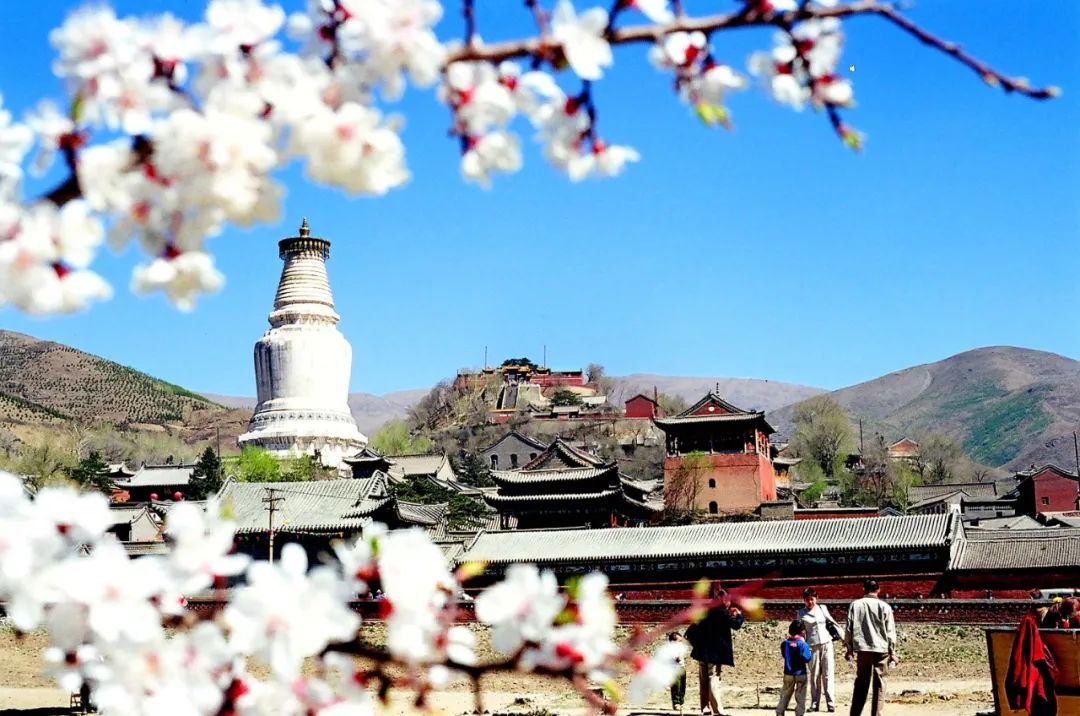
Join now
If you are interested in joining us, please fill out the form below. If you have any questions, please do not hesitate to email us at info@pure-land-buddhism.com
